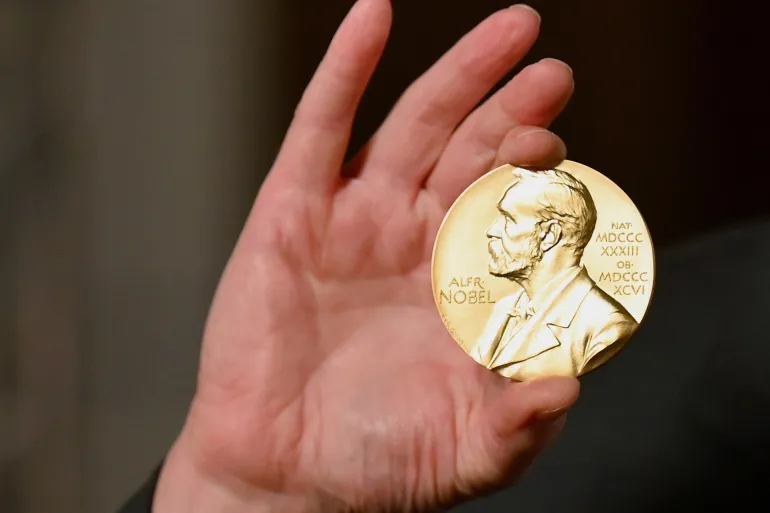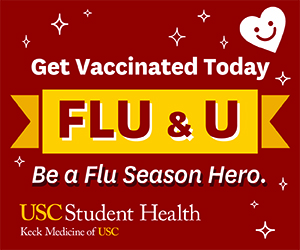Like many early 2000s kids, I was often told that snacking between meals was frowned upon growing up.
We were to eat during our allotted three meals a day, and anything other than this was considered improper. Sure, in kindergarten some afternoon apple slices were fine, but after the age of six or so, snacking was a no-go.
Compared to now, adults and kids snack in almost every setting. Movie theaters, workplaces, classrooms, libraries. So many of our buildings on the University of Minnesota campus are equipped with vending machines with a whole snack assortment. Snacks are everywhere.
For myself, it can be easier to eat a series of snacks throughout the day than to make time for three sit-down meals.
Dani Ponce Rodriguez, a first-year student at the University, said she sees snacks as more suitable for the life of a student.
“I feel like with school and everything else we are doing, it’s hard to fit in time for full meals in a day,” Ponce Rodriguez said. “We’re too busy studying and going to class.”
When and how did snacking become the norm instead?
The American three-meals-a-day routine first emerged with the Industrial Revolution. Up until the 19th century, many Americans would eat two larger meals a day. The second was closer to a dinner but took place in the late afternoon.
With the Industrial Revolution, many people were at work or school for most of the day and not able to eat dinner until the end of the day. Needing some sustenance in between these two meals, lunch was born.
This meal format stayed largely the same until the latter half of the 20th century.
Product packaging began to improve throughout the early 1900s, making food a lot more shelf-stable. Microwaves were invented in 1946 and packaged food became much more convenient.
During the Reagan administration of the 1980s, antitrust restrictions were heavily loosened, marking an era of mergers and consolidations among companies. This extended to grocery stores as well. What were once local grocery stores stocked with items from regional manufacturers turned into large supermarket chains with new packaged products from national companies.
Snacks came to be placed right in front of us, and along with this, our lifestyles started to make them more of a necessity.
Not only are snacks now more available, but they are apropos of the times we were living in. In the late 20th century, many women joined the workforce for the first time, leaving kids at home by themselves after school for extended periods. These kids came to be referred to as latchkey kids.
For latchkey kids in the afternoon, what else was there to do but snack?
Eventually, the latchkey kids of the 1970’s and 1980’s grew up. Soon enough, adults became big snackers too.
Joanne Slavin, a professor and researcher in the Department of Food Science and Nutrition at the University, said the rise of snacks had a lot to do with our need for convenience.
“You had to always eat in a dining area, and it was only meals,” Slavin said. “And now that everything is available and convenient for snacking, people started doing it.”
Daphne Medel Hernandez, a first-year student, said snacks are more practical.
“I pack snacks just because I’m sometimes running late or I know I won’t have time running between classes,” Medel Hernandez said. “It’s a lot easier than figuring out lunch.”
Over time, snacks became much more accessible and in turn, popularized. But there continues to be this rhetoric around them not being a healthy habit.
For Slavin, as a nutritionist, this is largely untrue.
“People have asked, ‘Oh, is it bad to snack?’ and there really isn’t any specific data that says it is,” Slavin said. “It doesn’t always matter when exactly you eat, as long as you are picking things that have enough nutrients and protein.”
As Slavin said, it is much more about what you eat than how often you eat. Snacking itself isn’t inherently bad. In fact, it has become more than necessary.
Americans often work longer hours than other countries. Students have class and other extracurricular activities during meal times. We need to eat when we can. The traditional three-meal structure doesn’t fit our days anymore.
So, whenever I whip out some pretzel sticks during my lectures or open a granola bar while studying in the library, I expect everyone around me to mind their business.
Snacking allows us to individualize our food intake and have agency about when or where we can eat. America was founded on principles of freedom, and that should include freedom to snack.
No eating schedule is better than another. Feeding ourselves and keeping our energy up throughout the day should be the priority, not the Industrial Revolution tradition of mealtimes.
It is time for us to do away with snack shame and embrace the “little treat” culture once and for all.













